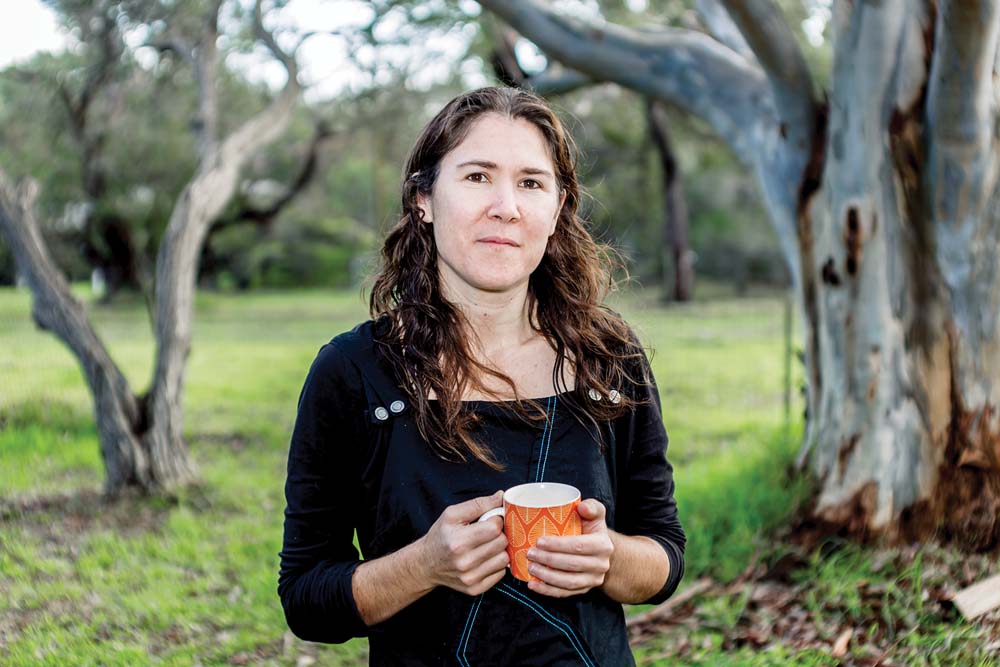
TWO single mums who admit they would normally have trouble putting money aside for important expenses – such as their children’s education – are singing the praises of a savings plan backed by the Brotherhood of St Laurence.
Small business woman Keli Wallace, of Mt Eliza, has three children and is saving for their education, and Fiona Castles, of Mt Martha, is saving for her child’s swimming lessons while she studies for a bachelor of social work.
The women are among more than 1300 Mornington Peninsula and Frankston residents who have taken advantage of the Brotherhood’s Saver Plus program which aims to encourage, and support, people to save for educational expenses – either for themselves or their children.
The program, begun in 2003, was developed in partnership with the ANZ Bank which matches people’s savings dollar-for-dollar up to $500 over 10 months. There are no fees except on withdrawals.
Saver Plus coordinator Frankston and Mornington Peninsula Claire Butler said international models had shown that building up savings and assets helps people overcome disadvantage and improve their wellbeing, while also fulfilling their aspirations for a better life.
Reportedly the first matched-savings program in Australia, it is now the largest and longest-running of its kind.
Ms Butler said the RMIT’s Saver Plus: Pathways to Wellbeing report “explored the connection between active savings behaviour and overall financial wellbeing, with the results showing that Saver Plus participants had an average financial wellbeing score of 64 out of 100 following the program, above the national average of 59”.
“Saver Plus recognises that many people need help sorting out their finances,” she said.
“The program assists with financial education to help build assets, improve people’s money-managing skills and develop long-lasting savings habits.”
More than 36,000 people have joined the free program since 2003 across 60 communities. Most are women.
Ms Wallace, a business owner and mother of three children under five, says she knows the importance of savings.
“I’m teaching my kids that if you put away a little every month you can afford things in the future,” she said.
“Plus, ANZ will match our saved amount at the end of 10 months which will really help when purchasing an educational tool, for example, a laptop, now required in primary school.”
Ms Castles said two key aspects of the program included developing people’s savings skills and reducing the barriers to children participating in community activities.
“If you don’t have the money the children miss out on doing things,” she said.
“It is going to increase their opportunities of doing things and give me the skills to save and budget.”
Each month from February to December Ms Castles is putting $50 into her account which will be matched by the bank up to $500. During part of that time, while studying for her degree, she will not be able to work and the money will “save the kids from hardship”.
“If I want to save more I can but the bank will only match me up to $500, and it has to be spent on the kids or my education.”
The balance at the end of the period cannot be withdrawn in cash by the participant but is paid direct to a service provider, such as the swim school.
“It’s been great for me. I don’t understand why more people don’t take advantage of it,” Ms Castles said.
